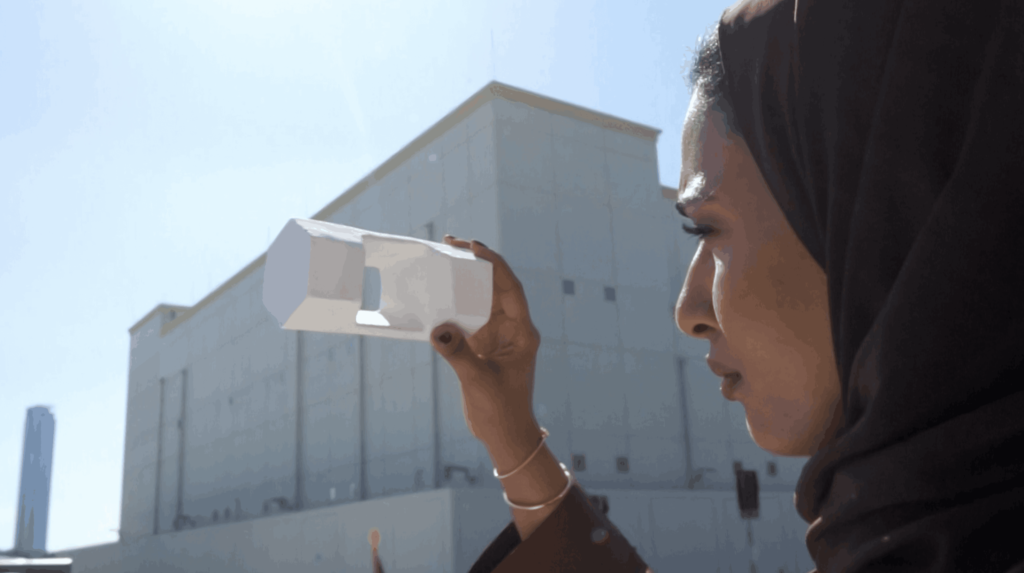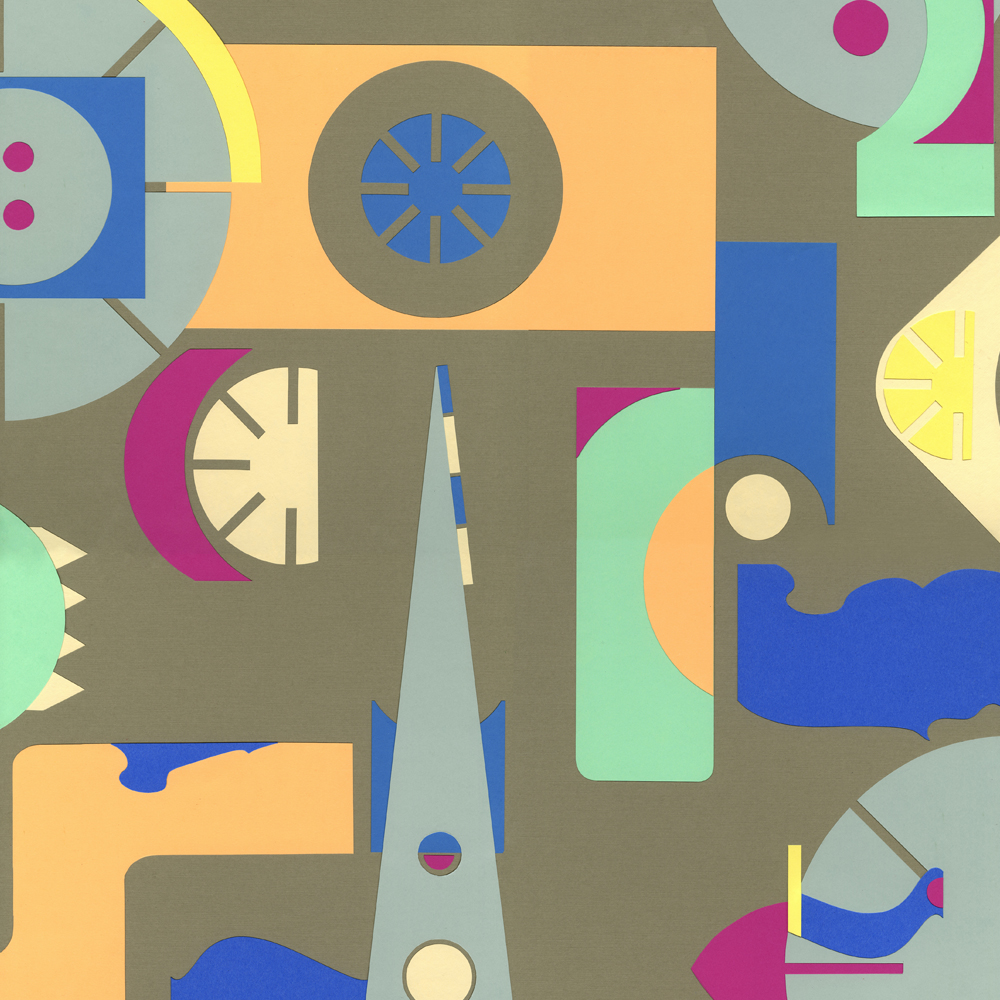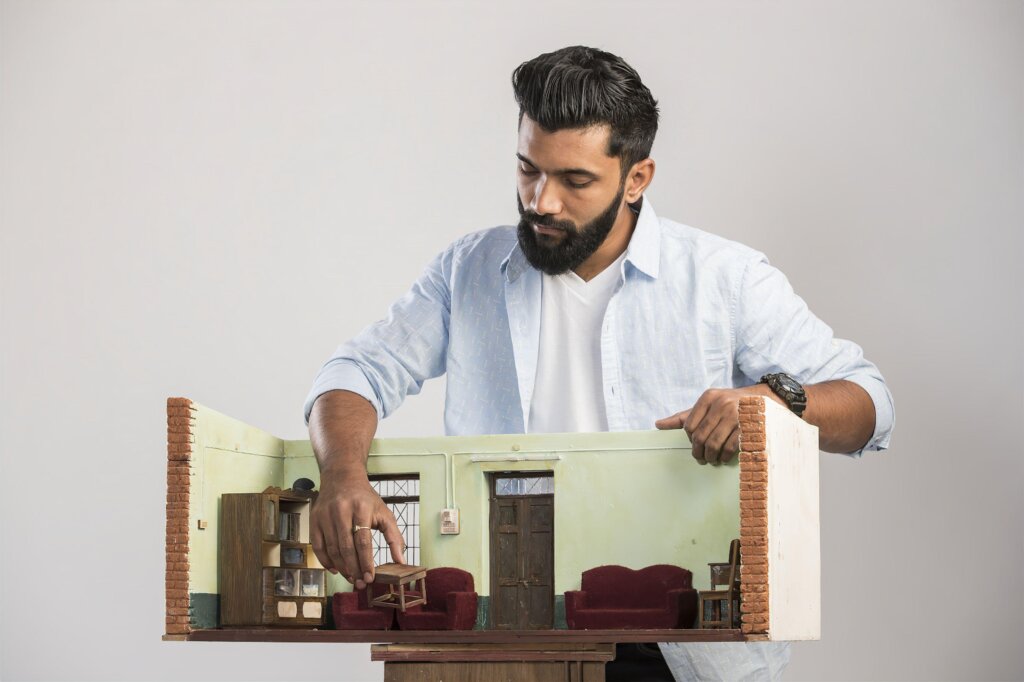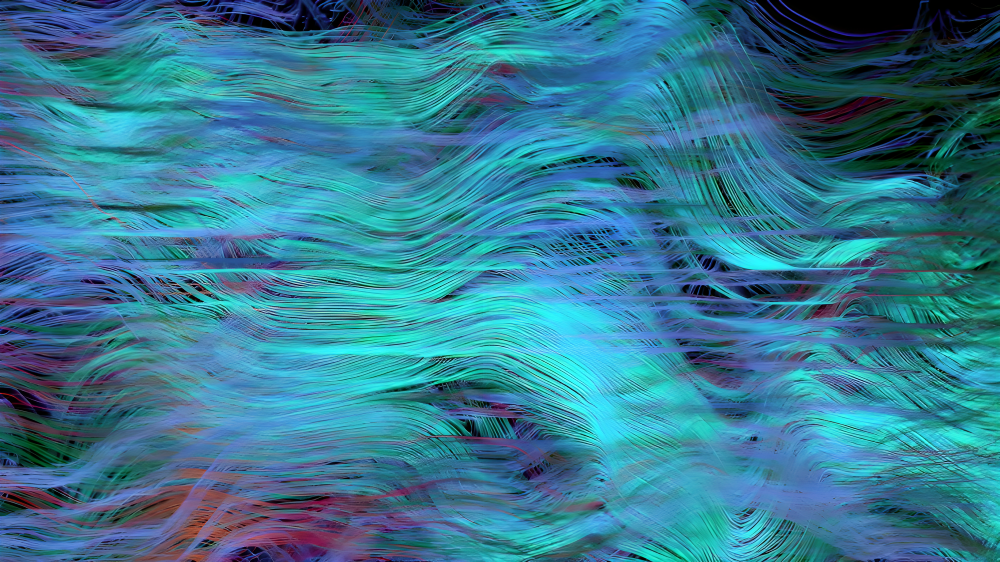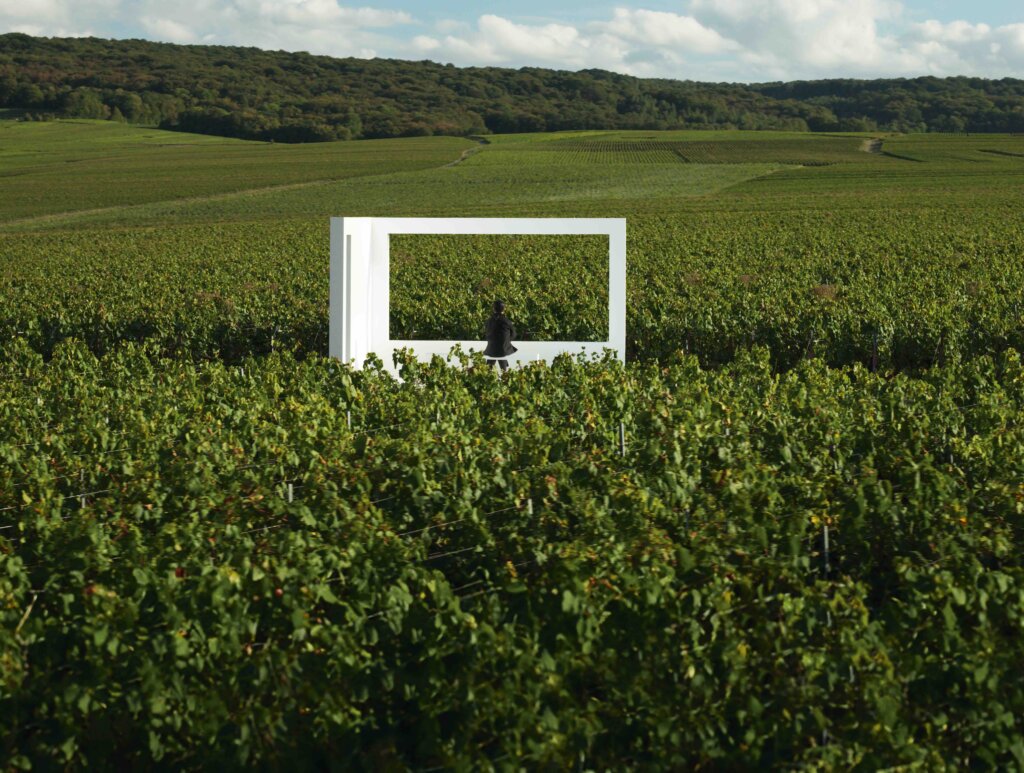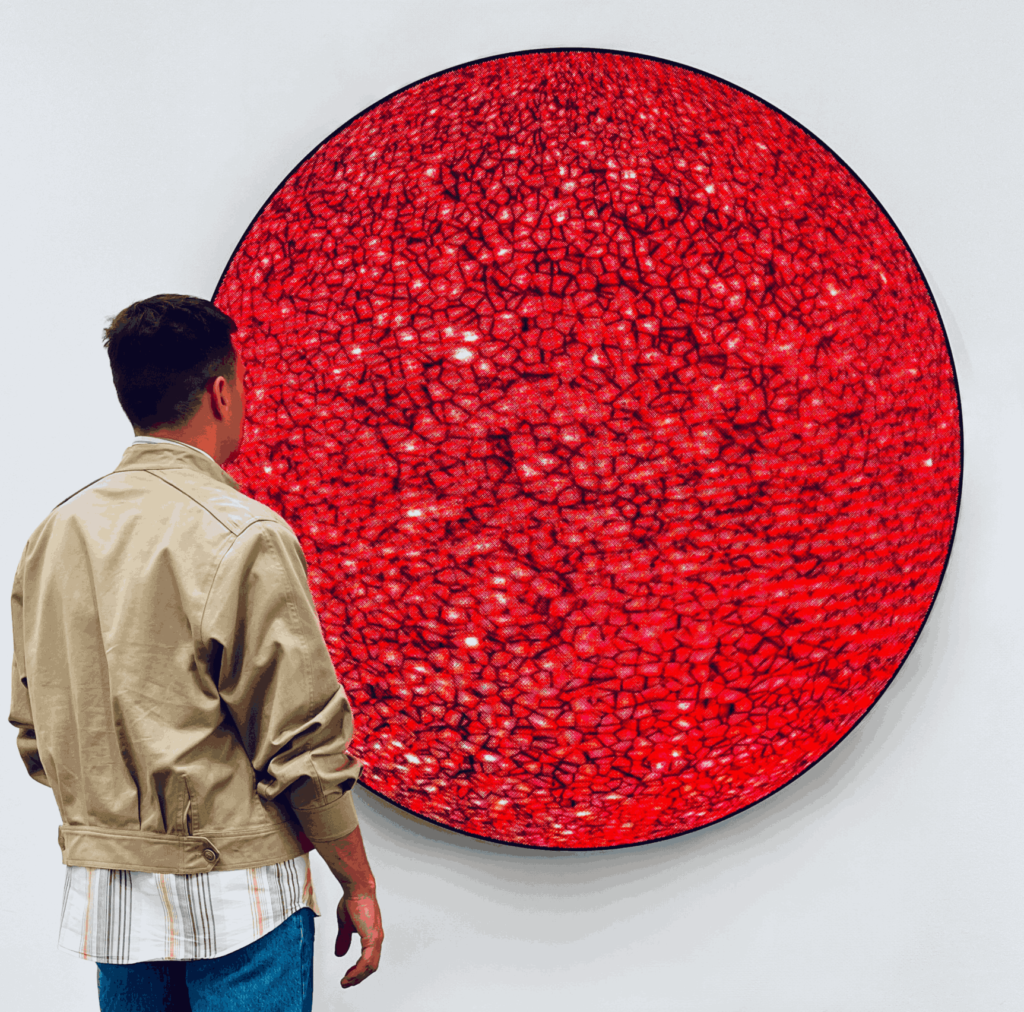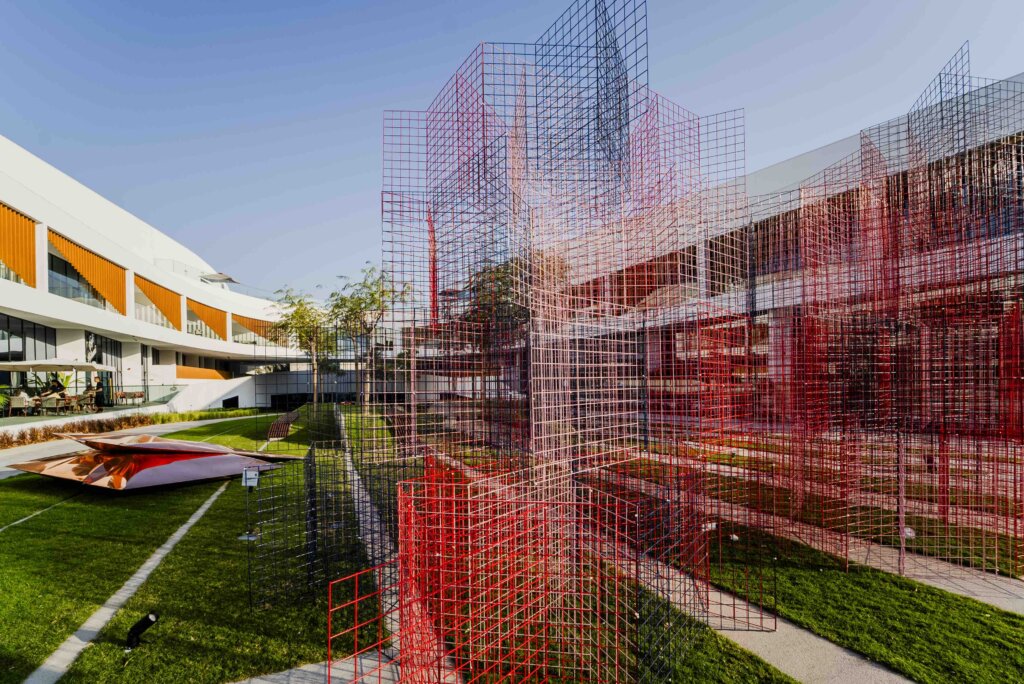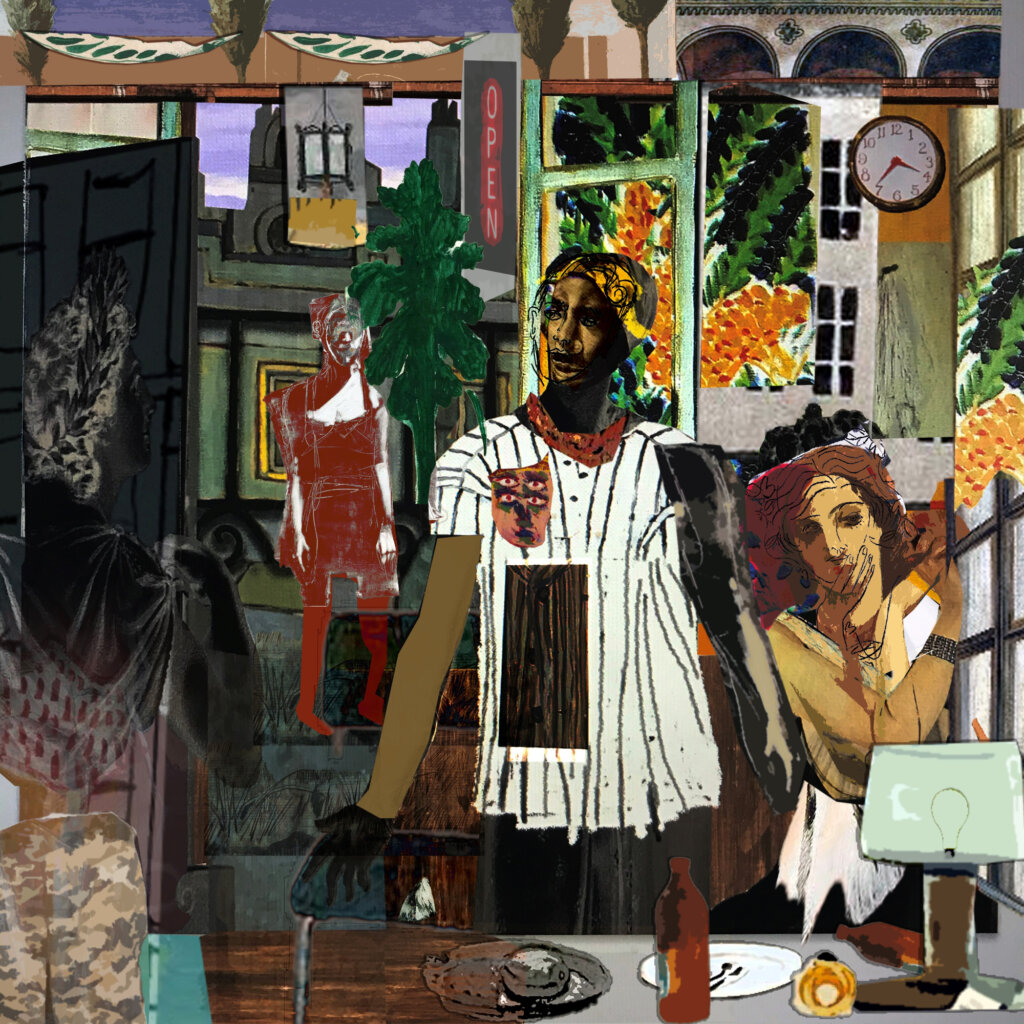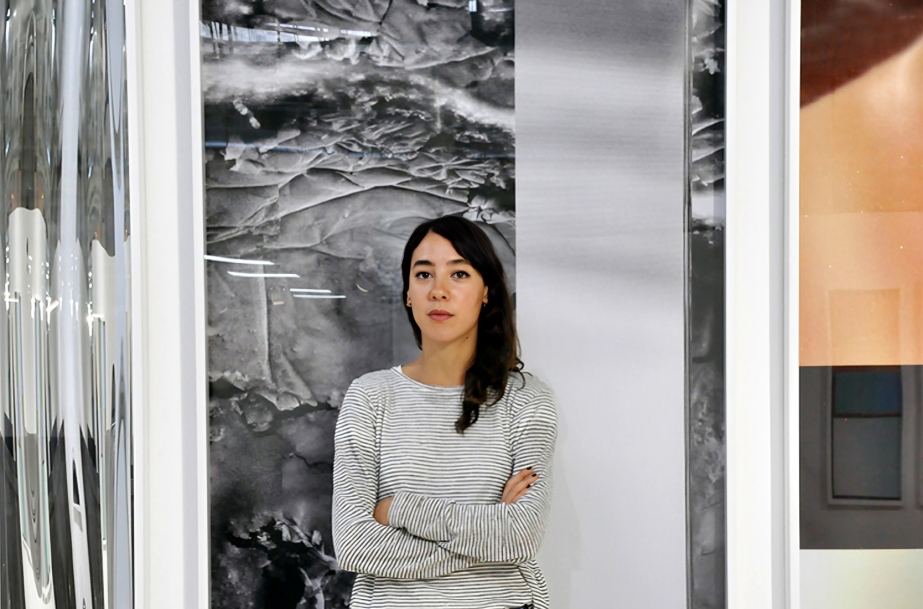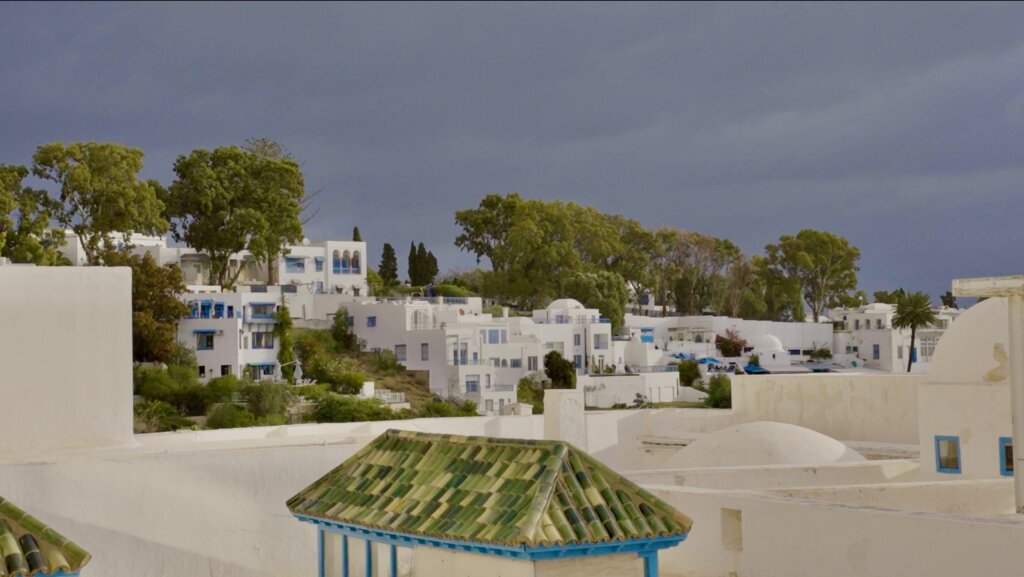The Abraaj Group Art Prize will celebrate its 10th anniversary at Art Dubai 2018. To mark the occasion, Art Dubai spoke to Dana Farouki, Chair of the Prize, about the role of art prizes in the art industry today, the behind-the-scenes workings of the Abraaj Group Art Prize and how she sees the future of the Prize progressing.
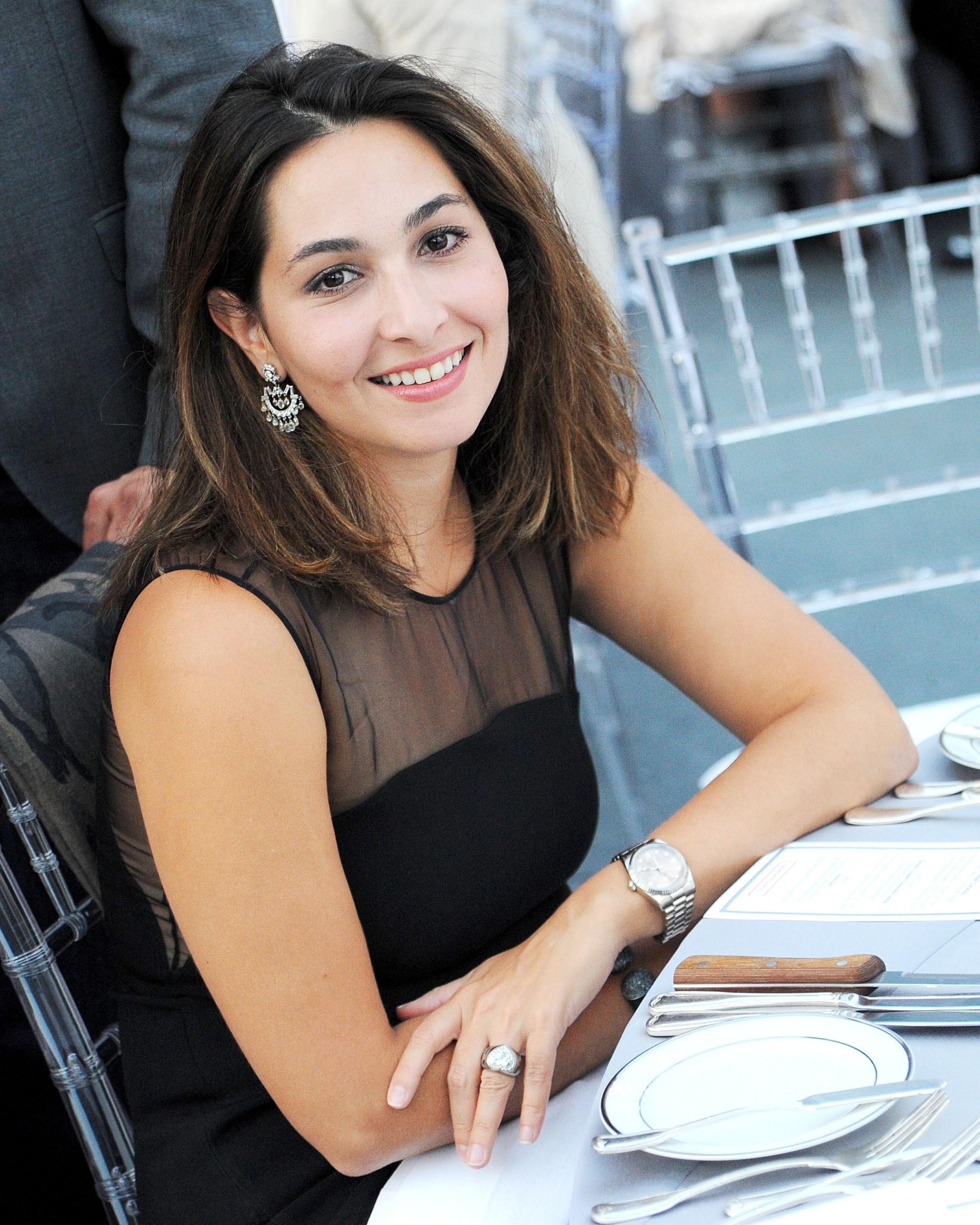
Dana Farouki at Aspen Art Museum, 2013. Photo provided by Ms. Farouki.
What role do art prizes play in the wider art industry today?
There are so many artists working around the world today. Prizes help to recognize major talent. The Abraaj Group Art Prize is unique in that it offers outstanding production support. An artist is not just commended, they are given the opportunity to realize an ambitious work that without support would not be possible.
An artist applies to Abraaj with a comprehensive proposal for a visionary work. The jury reviews all the applications and identifies the strongest proposals. One winner is selected to realize their proposal and three artists are awarded a position on the shortlist. An exhibition is organized that includes existing and sometimes new works by the shortlisted artists alongside the commissioned work by the winner.
What do you think it means for an artist from the region to be awarded the Abraaj Group Art Prize?
It is a great honor for an artist from the region to be awarded the Abraaj Group Art Prize. Past winners include the brightest talent from around the region. The Abraaj Group Art Prize has become a real resource for international practitioners and collectors to learn more about artists from the region. In addition, the publications that accompany the commission and exhibition each year provide essential scholarship about art from the MENASA region.
How has the Prize changed throughout the last 10 years?
The prize has evolved in the last decade. When first launched, a curator-artist team was awarded. There were five winners. Now, there is one winner and three short-listed artists. Currently, the curator is selected before artist applications are reviewed. In this way, the curator is an awardee as well, chosen by the jury. The curator can be of any nationality and has to have an established track record for exceptional work, as well as a keen interest in the region. The curator, along with the jury and Nominating Committee helps to encourage the best artists to apply. The curator also plays a pivotal role on the jury, often playing the deciding voice at the end of the selection process.
As it’s the 10th anniversary, how do you see the future of the Prize progressing?
We continue to try to refine the Prize and make it the best it can possibly be. This not only includes making sure the best curators and artists win in future years, but also imagining ways for the Prize to extend its reach. We are using this 10th anniversary year to brainstorm on how the Prize can evolve and to explore what possible partnerships and programs will help us to make that happen.
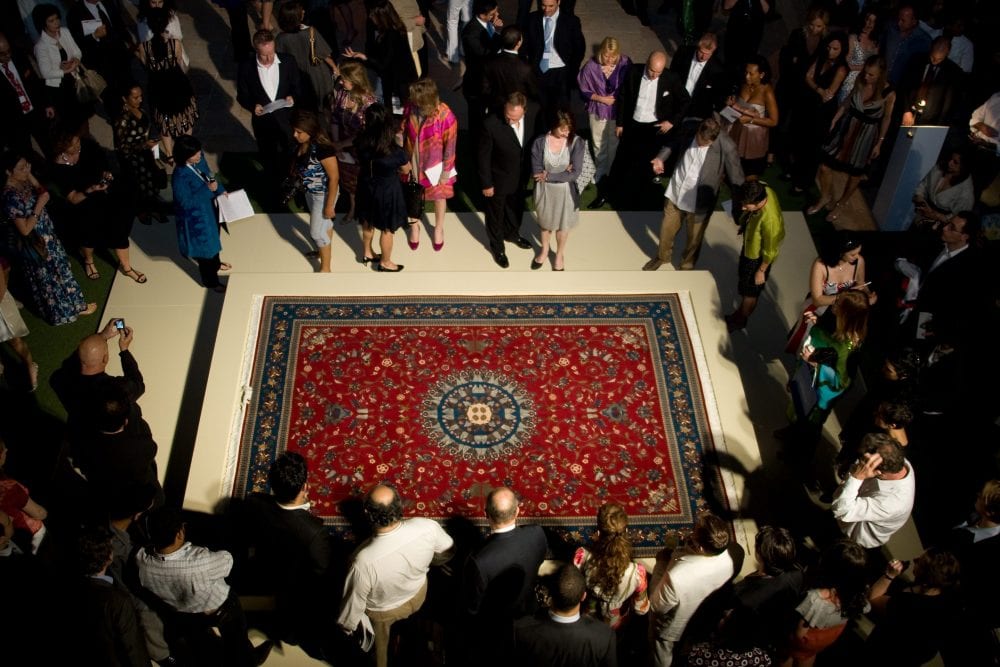
ACAP 2009 launch at Art Dubai, featuring 2009 winner Nazgol Ansarina’s ‘Rhyme & Reason’. Courtesy of Art Dubai.
How is the jury selected?
Every other year, I invite practitioners to sit on the jury for a two year term. I try to include regional practitioners who have lots of experience with working from artists from the Middle East, North Africa and South Asia. I also extend an invitation to international practitioners who have a long history of engaging with the region. Past jury members have included Defne Ayas, Director of the Witte de With and Hans Ulrich Obrist from The Serpentine Gallery. The current jury includes artist Rashid Rana, Stuart Comer from The Museum of Modern Art and Zeina Arida, Director of The Sursock Museum. It is always a real pleasure to work with these wonderful curators who ensure the success of the prize each year.
How do you select the curator?
The curator’s application includes written statements by the curator, as well as examples of work that they have undertaken. We try to award a practitioner with visionary talent who will be able to work with the winning artist to realize the best possible work. We also take into account their experience putting together group exhibitions and catalogues that are revelatory and refreshing.
What criteria do you consider when selecting the 4 artists?
We strive to reward excellence. The artists that win the prize and get selected for the short list all work tirelessly to make meaningful work that will have a lasting impact on our culture. The curator also helps us to decide on the shortlist by thinking about what an exhibition might look like. Though each artist is awarded a place on the shortlist individually, we aim to bring together a group that can contribute to the success of the whole exhibition.
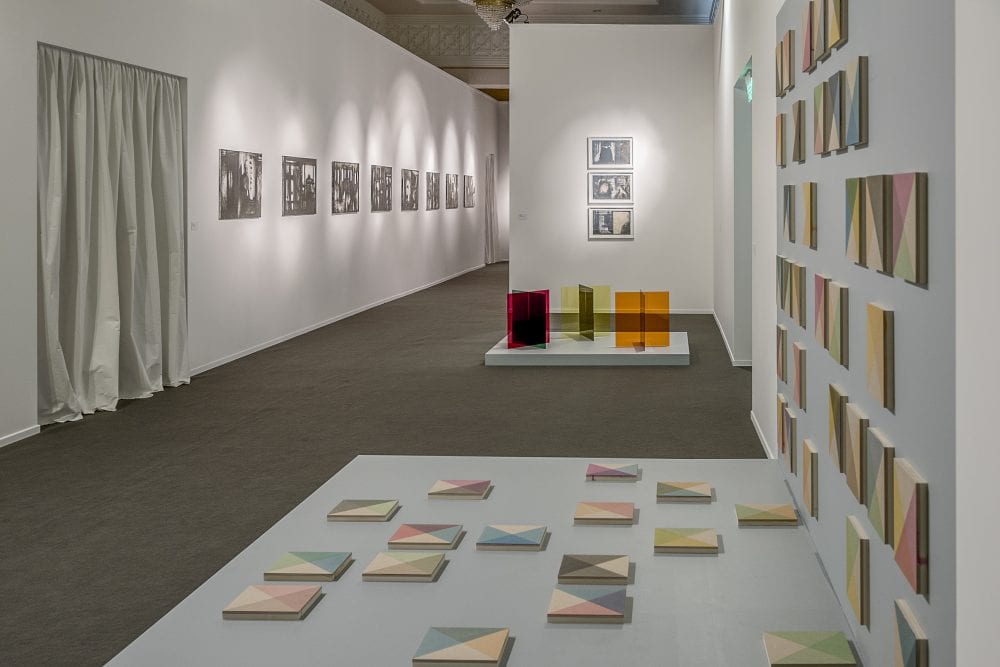
AGAP Exhibition 2017 featuring works by Raha Raissnia, Doa Aly, and Rana Begum. Courtesy of Photo Solutions.
What factors do you take into consideration when choosing the winner/the winning work?
We consider so many factors! Ultimately, we want the work to be transformative for both the artist and the audience. We hope that the opportunity will allow an artist to evolve and continue to mature. We get excited when a commission can take their practice to a new place. A great commission is not only rooted in well thought out ideas but also a real focus on the formal qualities.
Do you award a winning artist or a winning work – how are the 2 elements interlinked in the selection process?
This prize is unique in that it awards a winning work. The jury takes seriously its mandate to award the commission, not just the artist. Of course, we always take into account an artist’s career when making a decision. You have to be confident that the artist selected is capable of realizing what work that they have proposed.
What happens with the remaining balance of prize money if it isn’t spent on the artwork production?
The remaining balance acts as an artist’s fee. Remember, we award an artist in June and they work all they way up until March to realize their commission. It is an all consuming experience and it is important that the artist be compensated for their work and commitment.
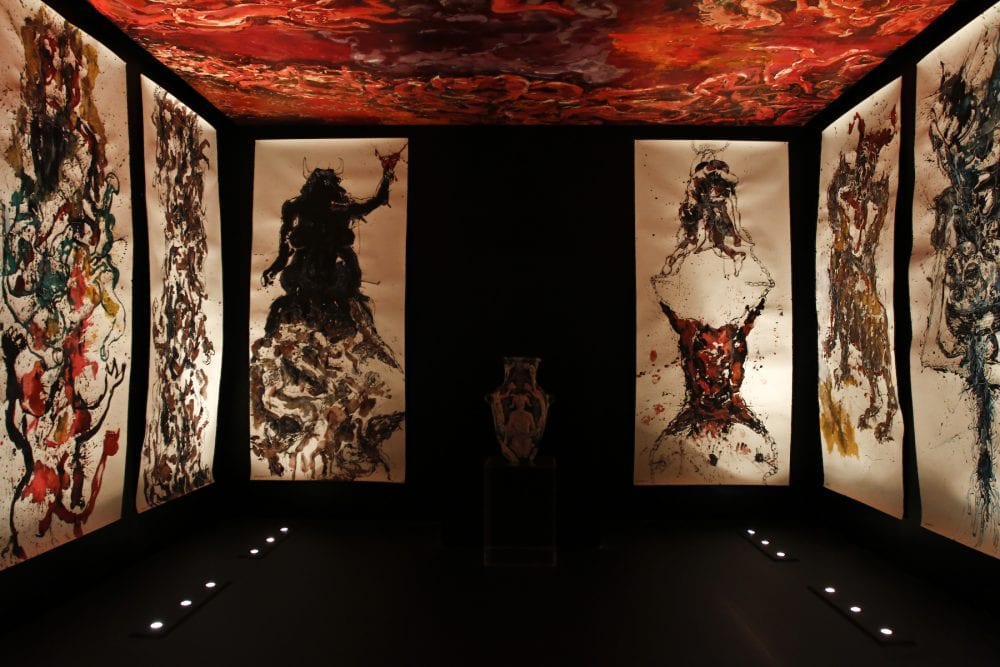
ACAP 2010 winner ‘Marwan Sahmarani’s ‘Feast of the Damned’. Courtesy of Capital D Studio.
For more information please visit www.abraajgroupartprize.com




